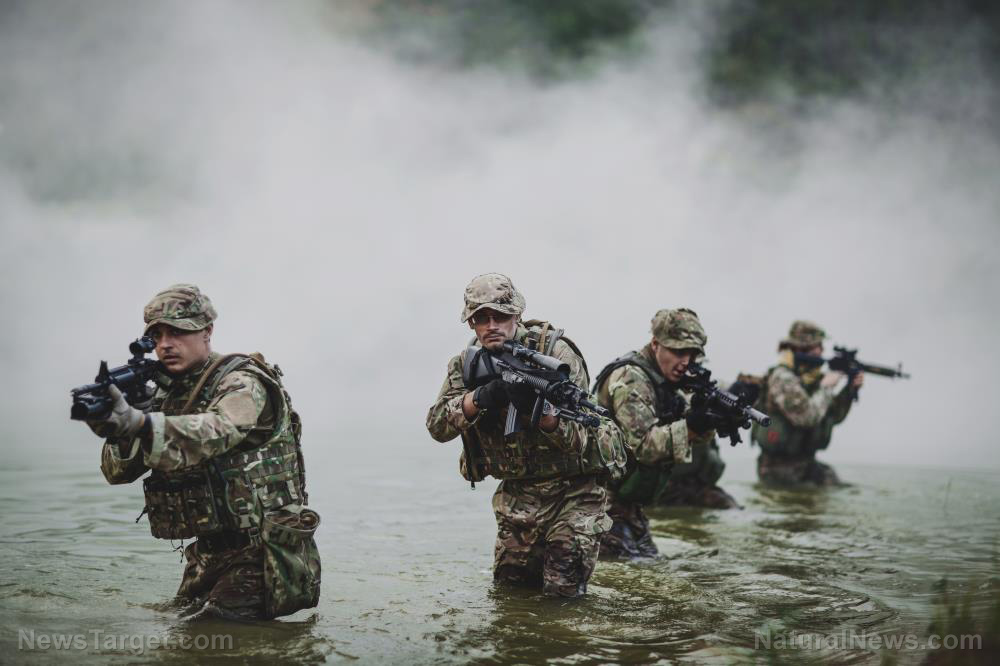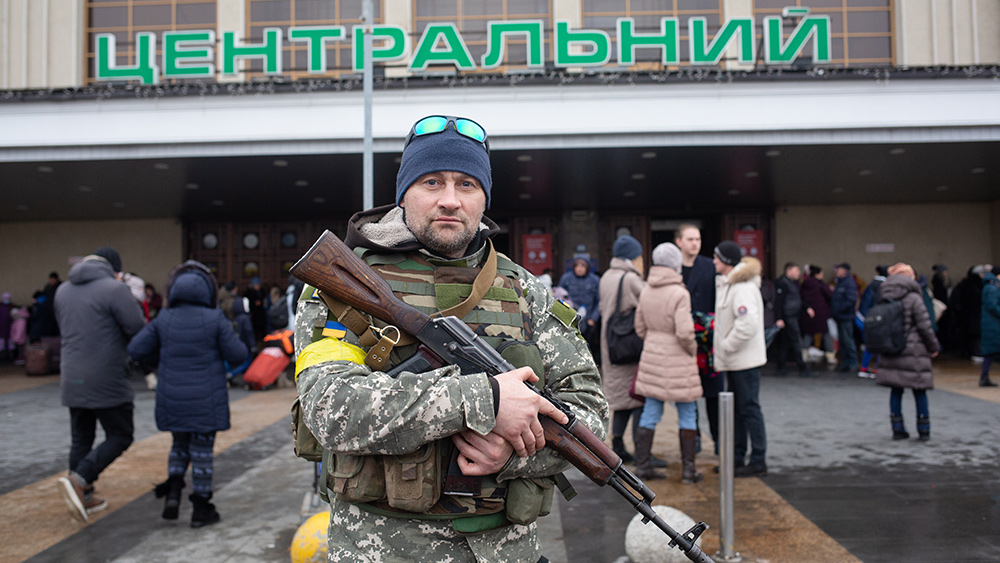U.S. military ill-equipped for major conflict, congressional study finds
08/05/2024 / By Richard Brown

According to a comprehensive report by the Congressional Commission on the National Defense Strategy, the U.S. Armed Forces is currently unprepared for major warfare.
The study, conducted by a bipartisan panel of defense and national security experts, reveals that the U.S. faces some of the most severe threats in nearly a century but remains inadequately equipped to address them.
“The U.S. last engaged in a global conflict during World War II, nearly 80 years ago, and was last prepared for such a conflict during the Cold War, which ended 35 years ago,” it stated. “The U.S. is not prepared today.”
This assessment underscores the urgent need for reform across all administrations. Supported by the RAND Corporation, the report highlighted the growing military capabilities of China and Russia, noting their increased cooperation poses a significant threat to the U.S. and its allies.
It added that China, through two decades of focused investment, has largely negated the U.S. military’s advantage in the Western Pacific. The report also warned that the new axis of power – including China, Russia, Iran and North Korea – could end up causing and participating in conflicts escalating into multi-theater or global wars. This risk is exacerbated by the U.S. military’s reliance on outdated systems and a bureaucratic culture that impedes rapid modernization and innovation.
Challenges facing the Department of Defense include slow processes and risk aversion, leading to stagnation. The report emphasized the need for advanced technologies such as artificial intelligence, cyber warfare capabilities, and hypersonic weapons to maintain a competitive edge.
Additionally, the U.S. defense base is struggling to meet allies’ demands for military and technological support. In a multi-theater conflict, collaboration with allies will be crucial to enhance production capabilities, as the U.S. cannot produce all necessary resources alone. (Related: Mark Milley: ROBOTS could make up a third of the U.S. military by 2039.)
Commission recommends massive overhaul of U.S. military
The commission recommended overhauling existing laws and regulations to eliminate barriers to innovation, budgeting and procurement. It suggested lifting budget caps and increasing funding for critical national security needs, as well as conducting a comprehensive review of major military systems to discard outdated programs and ensure combat readiness.
The report concluded that implementing these recommendations will require sustained presidential leadership and a fundamental shift in mindset across the Defense Department, the National Security Council, executive branch departments, Congress and the American public.
A Pentagon spokesperson acknowledged the report’s findings, stating: “We agree with the Commission’s position that there is still much to do to fully achieve our strategic objectives. We look forward to advancing the strategy as we continue to defend our nation and our interests abroad.”
The U.S.’s military inadequacy was brought up as early as 2022 in a prior study by the Commission on the National Defense Strategy.
This earlier report warned that despite facing severe threats from great-power competitors like Beijing and Moscow, Washington lacks the intellectual and operational readiness needed for a large-scale conflict. The study emphasizes that the U.S. military’s focus has shifted from preparing for conventional wars to dealing with prolonged counterterrorism operations since 2004.
These “small wars” do not align with traditional warfare, which has led to a public perception that does not reflect the military’s true purpose. Modern conflicts require officers skilled in initiative, small-unit tactics, and local political engagement – skills that are underdeveloped at higher command levels, especially in naval and air forces.
The U.S. military’s recent combat experience, including the 2003 Iraq invasion and the lack of naval competition since 1945, underscores a gap in conventional warfare preparation.
American success historically relied on overwhelming materiel superiority, but with China’s ongoing arms buildup, the U.S. may struggle to match its past industrial output and might face larger adversaries. The report criticized the military’s overemphasis on materiel and bureaucratic processes, which hinders the identification of effective commanders and strategic adaptability.
Watch this video discussing how Russian military plans for Ukraine are causing the U.S. Armed Forces to panic.
This video is from The Prisoner channel on Brighteon.com.
More related stories:
Former Space Force officer: WOKE AGENDA weakening, dividing US military.
Footage captures large amount of US military equipment at Polish port.
Sources include:
Submit a correction >>
Tagged Under:
armed forces, big government, China, military, military buildup, military-industrial complex, national defense, national security, Russia, United States Armed Forces, weapons, WWIII
This article may contain statements that reflect the opinion of the author
RECENT NEWS & ARTICLES
COPYRIGHT © 2017 NATIONAL SECURITY NEWS





















